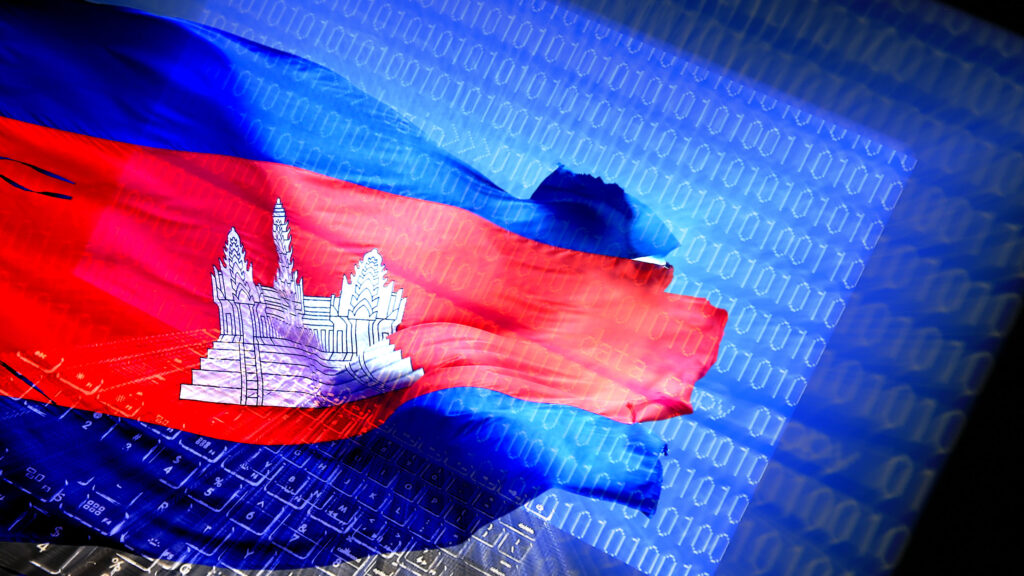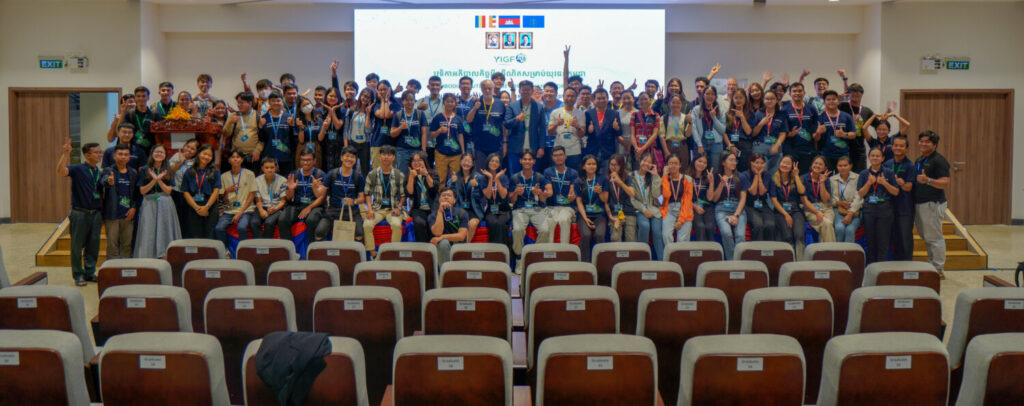The rise of internet usage in Cambodia is a sign of a digital revolution on a wider scale in different sectors for economic growth and digital lifestyle. However, regulation to better manage the internet and improvements in security and transparency in accessing the internet are needed to gain the full potential of the internet in an inclusive way.
At the beginning of 2023, there were 11.37 million internet users in Cambodia, with a total of 22.16 million cellular mobile connections active, equivalent to 131.5 percent of the total population, according to Digital 2023: Cambodia.
Cambodian internet users started to increase significantly during the COVID-19 pandemic with the demand for online purchasing and online learning, according to the Ministry of Posts and Telecommunications.
E-commerce
Cambodian citizens found new ways of living more conveniently while beginning to adapt to the usage of digital money transactions through bank accounts instead of cash during the pandemic. This led to a boom in the e-commerce sector in Cambodia.
Online selling and buying via social media apps, food delivery apps, school, healthcare, electricity, and water payments are also done digitally via QR codes. Payment begins to feel at ease, saving time and energy with your smartphone and with just a connection to the internet or Wi-Fi.
According to Statista, Revenue in the e-commerce market is projected to reach US$979.90m in 2023. In the e-commerce market, the number of users is expected to amount to 8.76 million by 2027. The cyber law and e-commerce law to manage and protect consumers are needed to better govern the safety and security of the online market in Cambodia.
However, online buying fraud, online money scamming, hacking, and data protection are the issues when it comes to online purchases.
Tourism
The findings show that there is a correlation when taking and planning tips; tourists consider the functionalities of social media as significant.
Next, the most frequent source of information used by respondents when planning travel and trips is often social media (43.6%). The second most popular is family and friends (43.6%), of which the respondents often use their family or friends as their source of information. Also, mobile App sites (35.6%) are often used as the third source with tourism information (35.0%) as the last source, based on research about the “Effect of Social Media in Tourism (Case in Cambodia)”.
Therefore, social media platforms such as Facebook, Instagram, and TikTok, including Google search information and recommendations online for traveling destinations, are playing a crucial role in guiding and allowing tourists to access more information regarding their favorable traveling places in the country.
Online Education
According to the Kiripost’s article (2023), the pandemic has led to a significant increase in online education in Cambodia, with at least three students enrolled in online courses. This has created great opportunities for online education businesses to enter the Cambodian market, with regional income from online education is projected to reach $1,485 million in 2022 and $2,555 million by 2026. However, a survey found that 78% of students prefer hybrid learning, while 14% prefer online education.
According to a report by the Cambodian Education Forum (2021), online learning has revolutionized the way students learn, particularly in higher education by allowing access to technology tools, digital platforms, and the Internet. The official MoEYS Facebook page, YouTube channel, and other e-learning platforms offer over 200 video lessons, allowing students to access online learning anytime and anywhere.
This innovative method of learning saves money and time, making higher education more hybrid and transformative on a global scale. Digital education has also supported the development of competency-based teaching strategies, as UNESCO states that teachers receiving high-quality support, including new teaching approaches, learning activities, and hygienic supplies, ensure continuous education for learners (Cambodianess, 2020).
Social Media & Entertainment
Cambodia’s entertainment industry is transforming to digital platforms and social media such as Youtube, Spotify, Facebook, Instagram, TikTok, and Telegram. Music videos, news, and a variety of content go online.
Cambodia’s digital media market was valued at $74.87 million in 2022, a 17 percent growth from 2021. Video games make up the largest segment, worth $38.7 million in 2022, a 16.5 rise from 2021. Digital music revenue in 2022 was valued at $6.5 million, capturing only nine percent of the market share.
Since the Internet is used widely and productively in various sectors in Cambodia, such as e-commerce, tourism, education, and entertainment. Safety and security with inclusive use of the internet are necessary to ensure everyone can obtain the opportunity and benefits of digital tools without harm or scams via cyberspace. Digital Government Infrastructure and Cyber Security are key strategic thrusts to ensure the quality, efficiency, and security of networks in the Kingdom.


